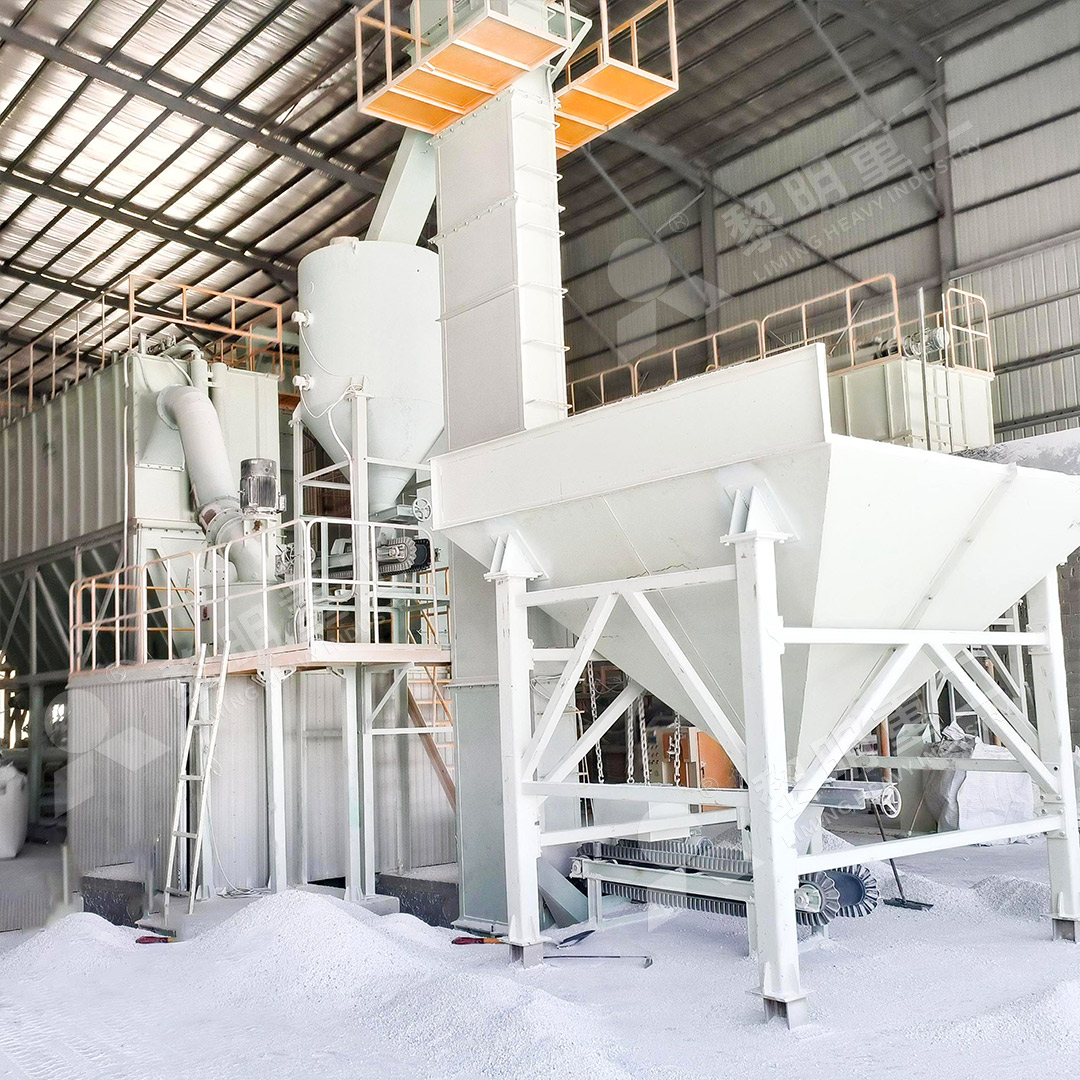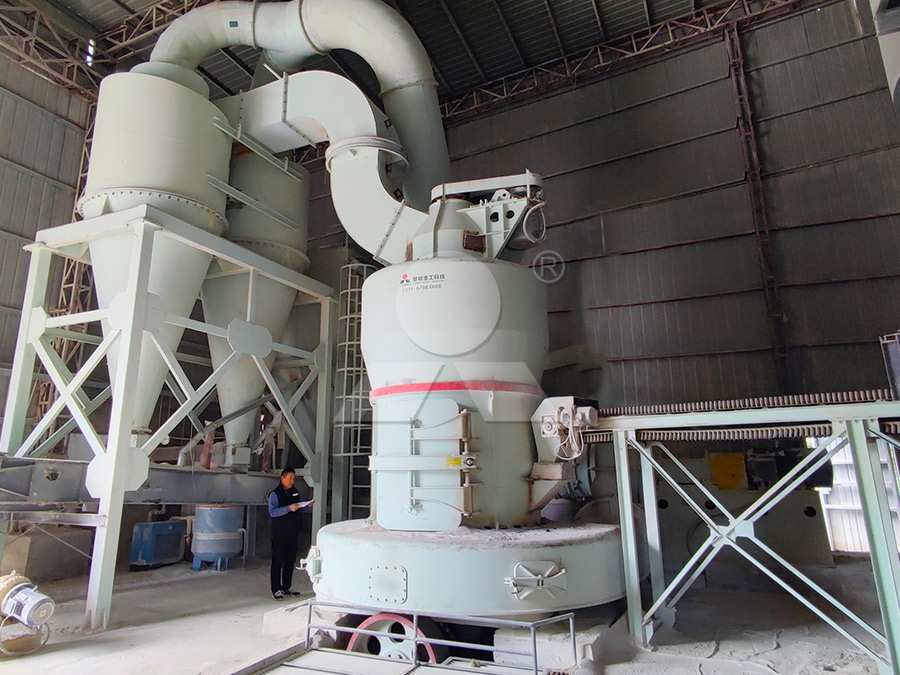Large Raymond Mill Applications in Non-Metallic Mineral Processing
Large Raymond Mill Applications in Non-Metallic Mineral Processing
The processing of non-metallic minerals represents one of the most demanding applications for industrial grinding equipment. Materials such as limestone, calcite, dolomite, gypsum, barite, marble, and talc require precise particle size control, high production efficiency, and consistent quality output. For decades, Raymond mill technology has served as the backbone of this industry, evolving to meet increasingly stringent requirements for fineness, capacity, and environmental compliance.
Modern large Raymond mills have transformed significantly from their predecessors, incorporating advanced engineering solutions that address the specific challenges of non-metallic mineral processing. These challenges include maintaining product whiteness by minimizing iron contamination, achieving narrow particle size distributions for specialized applications, and operating within strict environmental regulations for dust and noise emissions.

In contemporary mineral processing operations, the selection of appropriate grinding technology directly impacts profitability and product quality. The traditional limitations of earlier mill designs—including inconsistent fineness control, high energy consumption, and significant maintenance requirements—have been systematically addressed through technological innovation. Today’s operations demand equipment that can process materials ranging from coarse feed stocks to ultra-fine powders while maintaining operational reliability.
Advanced Solutions for Modern Mineral Processing
Among the technological advancements in this field, the MW Ultrafine Grinding Mill represents a significant leap forward for operations requiring ultra-fine powder production. With an input size capability of 0-20 mm and capacity ranging from 0.5 to 25 tph, this equipment is engineered specifically for customers who need to produce high-value ultra-fine powders from non-metallic minerals.
The MW series incorporates several proprietary technologies that make it particularly suitable for processing materials like limestone, calcite, dolomite, gypsum, barite, marble, talc, and various industrial minerals. Its innovative design features higher yielding capacity with lower energy consumption compared to conventional grinding systems. Production capacity is approximately 40% higher than jet grinding mills and stirred grinding mills operating at the same fineness and power levels, while system energy consumption is reduced to just 30% of comparable jet grinding systems.

Technical Innovations Driving Performance
The MW Ultrafine Grinding Mill’s performance advantages stem from several key engineering innovations. The newly designed grinding curves of the grinding roller and grinding ring significantly enhance grinding efficiency. The cage-type powder selector, incorporating German technology, increases powder separation precision, allowing fineness adjustment between 325-2500 meshes with screening rates achieving d97≤5μm in a single pass.
Notably, the grinding chamber design eliminates rolling bearings and screws, addressing common failure points in traditional mill designs. This innovative approach prevents damage to bearings and sealing components while eliminating machine damage caused by loose screws. The external lubrication system enables lubrication without shutdown, supporting continuous 24-hour production operations essential for modern mineral processing facilities.
Environmental compliance is integrated throughout the MW Ultrafine Grinding Mill design. The efficient pulse dust collector ensures no dust pollution during operation, while silencers and noise elimination rooms reduce acoustic emissions. The entire production system is organized according to national environmental protection standards, making it an environmentally responsible choice for mineral processors.
Applications Across Industries
The versatility of modern large Raymond mills extends their application beyond traditional mineral processing. In the chemical industry, these mills produce fine powders for paints, cosmetics, and pharmaceuticals. The food additive industry relies on their ability to generate consistent, contamination-free powders with precise particle size distributions. The construction materials sector utilizes these mills for producing fillers and additives with controlled properties.
For operations requiring even higher levels of automation and precision, the LUM Ultrafine Vertical Grinding Mill offers additional advantages. With input size of 0-10 mm and capacity of 5-18 tph, this mill integrates ultrafine powder grinding, grading, and transporting in a single system. Its unique roller shell and lining plate grinding curve design generates material layers more easily and achieves high rates of finished products through single-pass powder milling.

The LUM series incorporates PLC control systems and multi-head powder separating technology that completely solves the dual challenges of high-precision powder diameter control and fast switching between different production demands. Users can accurately control grinding pressure, revolving speed, and other operational parameters, reducing energy consumption by 30%-50% compared to conventional grinding mills.
Future Directions in Mineral Grinding Technology
The evolution of large Raymond mills continues to focus on increasing efficiency, reducing environmental impact, and enhancing operational simplicity. Digitalization of processing through numerical control of cutting, bending, planing, milling, and paint spraying operations ensures higher precision, particularly for core components. Comprehensive spare parts support and technical services ensure worry-free operation, minimizing downtime in production environments.
As non-metallic mineral processing continues to evolve toward finer specifications and tighter quality control, the role of advanced grinding technology becomes increasingly critical. The integration of smart control systems, predictive maintenance capabilities, and enhanced material science in wear components will likely define the next generation of large Raymond mills, further solidifying their position as essential equipment in mineral processing operations worldwide.
Frequently Asked Questions
What is the typical fineness range achievable with modern large Raymond mills?
Advanced models like the MW Ultrafine Grinding Mill can achieve fineness between 325-2500 meshes, with some configurations capable of producing powders with d97≤5μm particle size.
How do modern mills address environmental concerns regarding dust and noise?
Contemporary designs incorporate efficient pulse dust collectors that prevent dust pollution throughout the milling system. Silencers and noise elimination rooms are configured to reduce operational noise, ensuring compliance with environmental standards.
What maintenance advantages do newer mill designs offer?
Innovations such as the absence of rolling bearings and screws in the grinding chamber eliminate common failure points. External lubrication systems enable maintenance without shutdown, while reversible structures in some models allow easy access to grinding components.
How does the energy consumption of modern mills compare to traditional equipment?
Advanced mills can reduce energy consumption by 30-50% compared to conventional grinding systems while achieving higher production capacity, typically 40% greater than jet grinding mills operating at equivalent fineness and power.
What types of non-metallic minerals are most commonly processed using these mills?
These mills routinely process limestone, calcite, dolomite, gypsum, barite, marble, talc, and various industrial minerals for applications across chemical, construction, pharmaceutical, and food additive industries.
